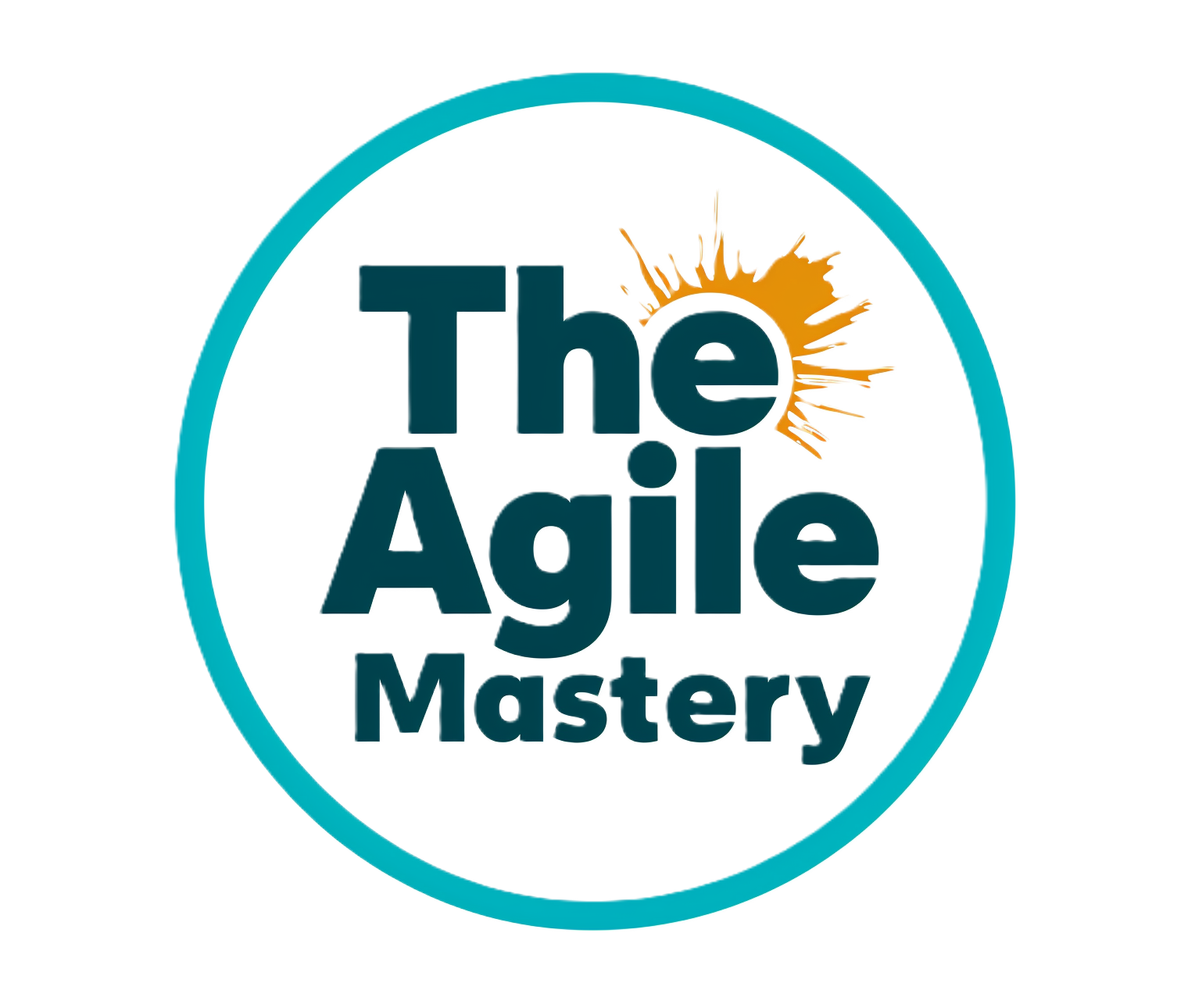
Value vs Volume in Product and Project Management: Managing Stakeholder Interruptions for Success
In world of product and project management, prioritization is critical to ensuring successful delivery. However, teams often face a dilemma that threatens to derail their progress – the conflict between Value and Volume. This dynamic, when not properly managed, leads to scope creep, delivery delays, and misaligned product outcomes.
In this article, I’ll explore what I like to call the Value vs Volume theory, its main aspects, the risks associated with not adhering to prioritization processes, and the key role of a Product Owner (PO) or Project Manager (PM) in ensuring a streamlined value-driven approach to product delivery.
1. Defining Value vs Volume: A Dichotomy in Prioritization
Value refers to work that delivers measurable business outcomes, meeting customer needs, and aligning with the strategic goals of the organization. These initiatives are carefully managed by the Product Owner or Project Manager, who prioritize them based on the value stream – essentially, the sequence of actions that create value for the end-user.
On the other hand, Volume represents the noise or distractions that come in the form of unprioritized work. This volume often stems from well-intentioned but ad-hoc feature requests, last-minute stakeholder demands, or “urgent” changes. These interruptions disrupt the workflow and diminish the focus on high-priority tasks.
Key characteristics of Value-driven work:
- Direct alignment with business goals
- Validated by user needs or market research
- Measurable impact on customer satisfaction or revenue
- Managed and prioritized through established channels (e.g., backlog prioritization, quarterly planning, sprint planning, etc.)
Key characteristics of Volume-based interruptions:
- Unplanned or sudden
- Often driven by individual stakeholder interests
- Lack strategic alignment
- Introduced without clear prioritization or impact analysis
2. The Role of the Product Owner or Project Manager in Managing Value
The Product Owner or Project Manager is the gatekeeper of the value stream. Their primary responsibility is to ensure that the team remains focused on delivering features that provide the highest business value. They manage the backlog or scope of the project, facilitate sprint and/or quarterly plannings, and negotiate priorities across multiple stakeholders.
Key responsibilities include:
- Prioritization: Balancing feature requests against the overall business objectives and customer needs.
- Stakeholder Communication: Managing expectations and communicating trade-offs when stakeholders demand new features.
- Risk Management: Identifying risks associated with taking on unplanned work and addressing potential scope creep.
- Value Tracking: Measuring and tracking the impact of delivered features to ensure they are providing the intended value.
The PO or PM creates a buffer between the development team and the volume of unplanned requests, allowing the team to remain focused on the roadmap. However, if these roles are bypassed, and unprioritized work is introduced, risks to project success escalate quickly.
3. Risks of Prioritizing Volume Over Value
When teams allow volume-based interruptions to dictate their workflow, several risks emerge that can compromise the integrity of the product or project. These include:
Scope Creep
Unplanned features or changes that are not part of the original roadmap can lead to scope creep, where the project grows beyond its intended size or scope. This affects timelines, increases costs, and creates chaos within the team. Often ends with projects failing and never moving to completion
Dilution of Focus and Quality
Every time a team pivots to address an unplanned request, focus is taken away from delivering high-value features. The team’s attention becomes fragmented, leading to a decrease in quality and an inability to deliver on the most important work.
Misaligned Priorities
When stakeholders bypass the PO or PM and introduce features directly to the development team, they introduce misalignment. This can lead to teams working on tasks that have less business value while the high-priority, value-adding tasks are delayed or neglected.
Missed Deadlines and Delays
“Volume” interruptions can create bottlenecks in the workflow, causing delays in the delivery of key milestones. As the team tries to manage an ever-growing list of tasks, deadlines slip, and promised delivery dates are missed.
Dissatisfied Customers
At the end of the day, the customer feels the consequences of mismanaged priorities. Features that truly matter to users are delayed, leading to a decrease in customer satisfaction. Additionally, a disorganized product release cycle creates a negative user experience.
Team Burnout
Constant interruptions disrupt the team’s ability to plan and execute effectively. Frequent context switching – shifting between tasks or responding to emergency requests – leads to fatigue, stress, and eventually burnout. This can have long-term impacts on team productivity and morale.
4. The Importance of Backlog Management and priotization
To avoid the aforementioned risks, adhering to a proper delivery process is crucial. Here’s why sticking to defined processes, such as backlog prioritization, sprint planning (or quarterly planning), is essential:
- Centralized Control: With a clear structure in place, the PO or PM has a centralized view of all requests and can make informed decisions about what gets prioritized. This ensures that only high-value work moves forward.
- Transparency: A formal prioritization process creates transparency across the organization. Stakeholders are made aware of the reasoning behind decisions, reducing tension and allowing for better communication.
- Accountability: Proper channels enforce accountability. Stakeholders must submit their requests through established methods and justify the importance of their demands in relation to business objectives.
- Time and Resource Management: Managing the volume of requests through established processes allows teams to allocate their time and resources efficiently. It reduces wasted effort on low-priority tasks and ensures that key features are completed on time.
- Improved Collaboration: A structured approach promotes collaboration between teams and stakeholders. Everyone understands the roadmap and how their work fits into the bigger picture, which fosters better teamwork and reduces friction.
5. Practical Strategies to Manage Value vs Volume
Here are some effective strategies that Product Owners and Project Managers can implement to maintain a value-driven approach while managing stakeholder interruptions:
Educate Stakeholders on the Prioritization Process
Ensure that stakeholders understand how feature prioritization works and why certain requests are deferred. This helps manage expectations and reduces the pressure on the team. If there are prioritization forums or meeetings, its also important to invite stakeholders as guests to keep them informed without spending additional time to do so
2. Maintain a Strict Backlog Refinement Process
Regularly review and refine the backlog with input from stakeholders. This ensures that the highest-priority work is always at the top and that new requests are carefully evaluated before being introduced.
3. Use Data to Justify Decisions
Back up prioritization decisions with data, such as user analytics, market research, or revenue impact. When stakeholders see the rationale behind your decisions, they are more likely to support the process. Also, if the data is clear but missing aspects important to stakeholders they might provide you with data they use to support their business which you can include into the process
4. Implement a “Parking Lot” for Low-Priority Requests
Create a “parking lot” for features or changes that don’t align with the current priorities but can be revisited later. This ensures that stakeholders feel heard without immediately disrupting the value stream.
5. Empower the Development Team to Say “No”
Last but not leasts – give your development team the autonomy to push back on unplanned requests that have not been properly prioritized through the PO or PM. This reinforces the importance of following the established process.
Conclusion: Balancing Value vs Volume for Long-Term Success
The Value vs Volume theory highlights the constant struggle between delivering high-value, strategically aligned work and managing unplanned, lower-priority demands. Product Owners and Project Managers must protect the value stream by ensuring that prioritization processes are followed, and stakeholder interruptions are managed effectively.
Failing to prioritize value over volume can lead to a wide range of risks, including scope creep, delayed deliveries, reduced product quality, and team burnout. However, by adhering to structured processes and maintaining clear communication with stakeholders, teams can stay focused on delivering meaningful value to customers and achieving long-term success.
Managing this balance is not easy, but it’s a critical aspect of effective product and project management that ensures sustained progress, better team dynamics, and improved customer satisfaction.
And that is another step to Agile Mastery…
